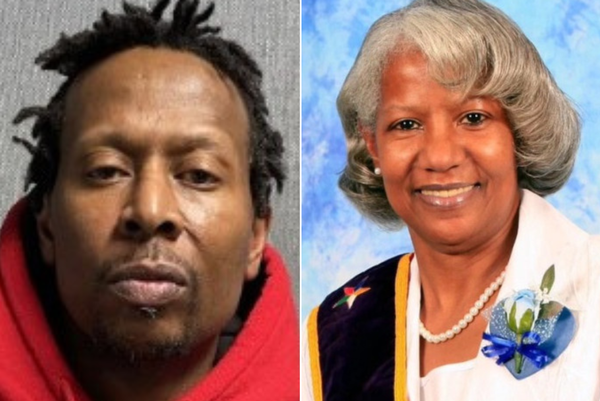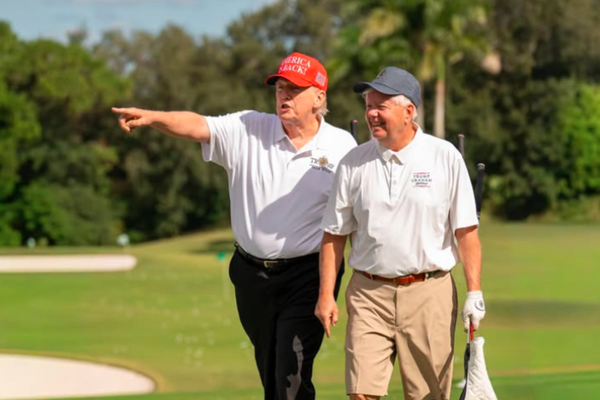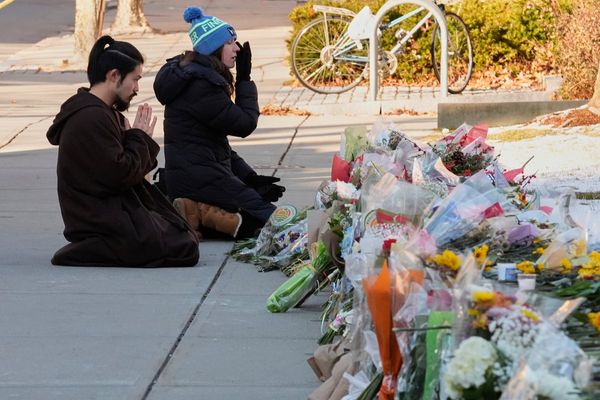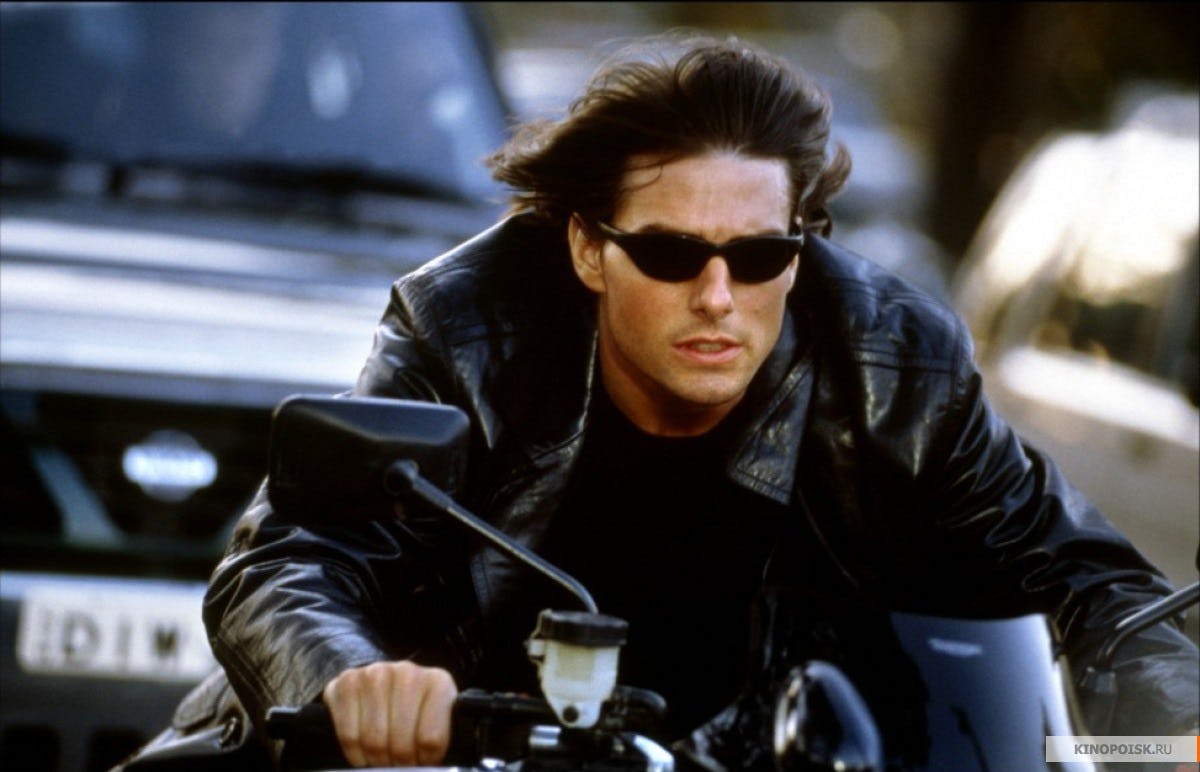
As Mission: Impossible – The Final Reckoning opens in theaters, there’s been a lot of debate about the long-running franchise’s best and worst movies. While John Woo’s Mission: Impossible II isn’t the series’ high point (that would be Brad Bird’s Mission: Impossible – Ghost Protocol), it’s also better than many fans give it credit for, and it offers a glimpse into an alternate artistic trajectory before the series was taken over by director Christopher McQuarrie. Released 25 years ago today, Mission: Impossible II proved that Tom Cruise taking over the 1960s TV series was more than just a one-off success.
It also cemented the idea of different directors putting their stamp on the material, an idea that lasted until McQuarrie came on board. There’s no mistaking a John Woo film for a Brian De Palma film; Woo takes the building blocks of De Palma’s Mission: Impossible and uses them for something uniquely his own, even within the constrictive framework of a Hollywood blockbuster. In the first few minutes, Woo uses slo-mo black-and-white shots of kids playing Ring Around the Rosie in his signature operatic style to reflect the hazy mental state of dissident scientist Vladimir Nekhorvich (Rade Šerbedžija).
Woo’s trademark doves don’t make their appearance until the climax, but he fills the movie with visual flourishes, and he doubles down on the franchise theme of stolen identity with an almost comical reliance on the IMF’s hyper-realistic masking technology. Mission: Impossible II features more people taking faces off than Face/Off, with deliberately blurred lines between Cruise’s IMF agent Ethan Hunt and the villain, rogue ex-IMF operative Sean Ambrose (Dougray Scott), just like the characters played by Nicolas Cage and John Travolta in Woo’s previous film.
Scott doesn’t quite have the menacing presence of later Mission: Impossible villains like Philip Seymour Hoffman and Sean Harris, but he gives Ambrose a sleazeball energy that works perfectly for the comparatively streamlined, low-stakes story. Ambrose isn’t out to destroy or conquer the world — he just wants to make a lot of money and win back his thief ex-girlfriend Nyah Nordoff-Hall (Thandiwe Newton).
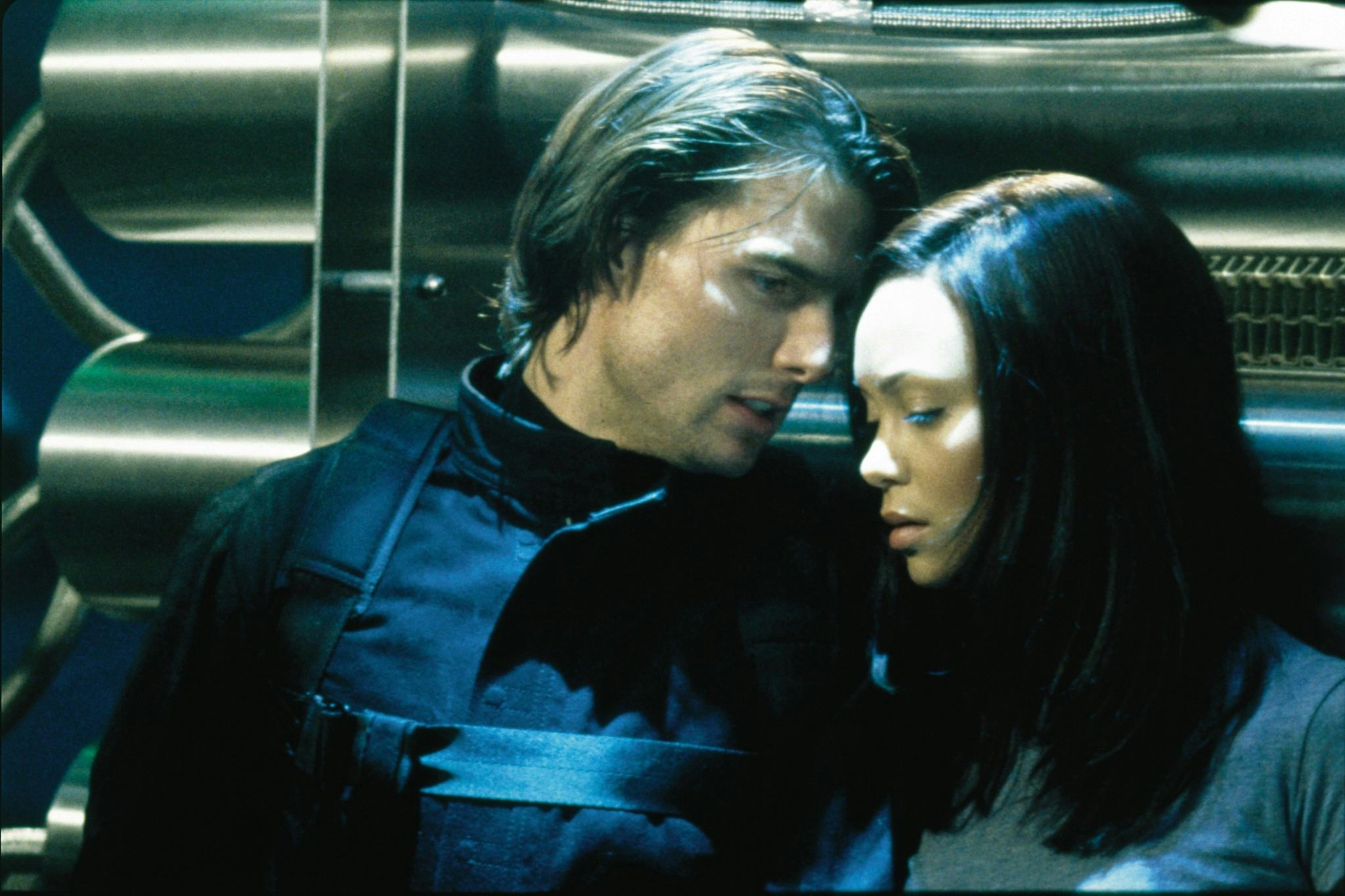
Ambrose pursues that goal by stealing the dangerous virus (and its cure) that Nekhorvich had been developing, but he’s not trying to wipe out large swaths of the population. He wants to sell the cure right along with the disease, and it’s refreshing to see Ethan and his team tackle the kind of mission that could have fit into an episode of the TV series, rather than be on the run from vast, incomprehensible conspiracies.
Even Mission: Impossible II’s version of the gimmicky, attention-grabbing stunt isn’t about putting Ethan in danger, but rather his pure enjoyment of an adrenaline rush. Ethan is reintroduced not in pursuit of a villain, but during a free solo climb in Utah while on vacation. There’s a sense of glee to Cruise’s participation in increasingly elaborate stunts as the series progressed, but this is the only movie that translates that glee to Ethan himself.
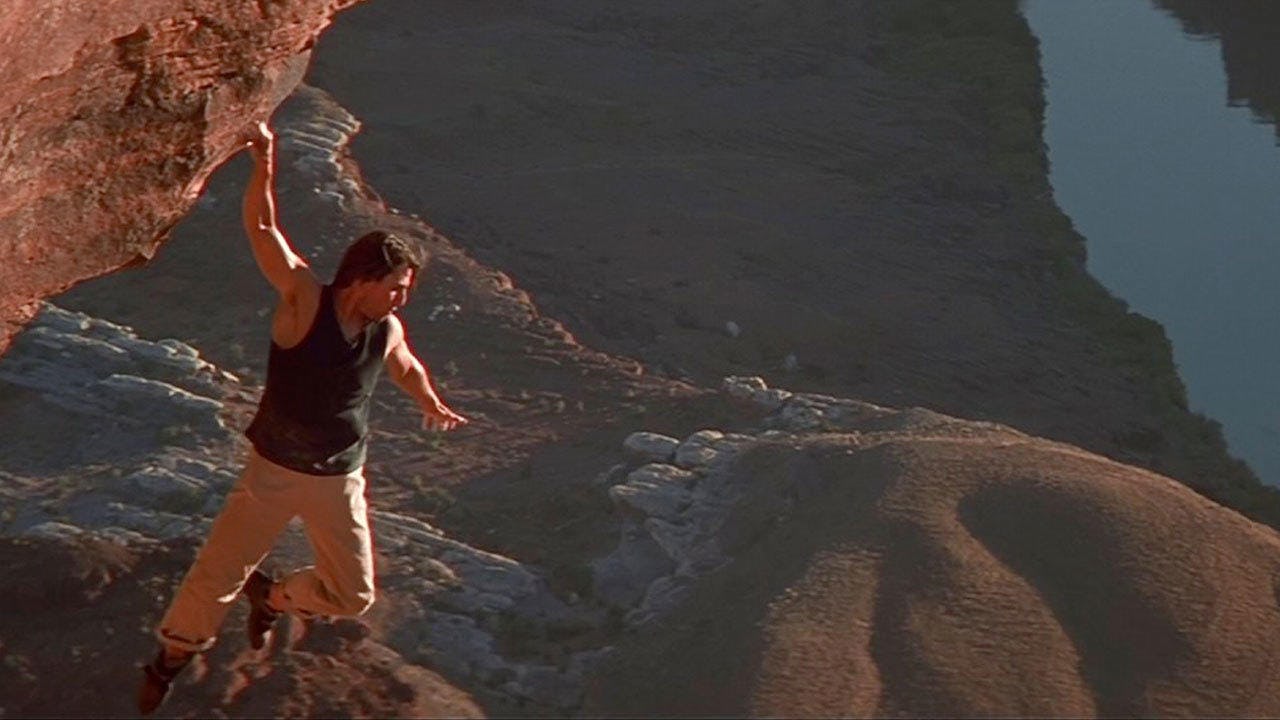
While the McQuarrie films are often grim, Mission: Impossible II retains a sense of playfulness throughout. This is the series’ sexiest movie, thanks to Ethan and Nyah’s sultry flirtation as he recruits her to work with the IMF. The scene of them hidden in a bathtub as she attempts to steal a valuable necklace during a fancy party is more sensual than anything else in the entire franchise, and Newton’s vibrant, open performance makes it especially disappointing that she never returned for another installment.
Nyah’s emotional connection with Ethan drives the movie. Its tensest moment isn’t about the potential release of the virus, but about Nyah’s heart quietly being broken by Ambrose posing as Ethan, telling her she has to stay with her ex. Ambrose’s dark heart is broken too, as he gets confirmation that Nyah is in love with Ethan and only pretending to be interested in reconciling with him.
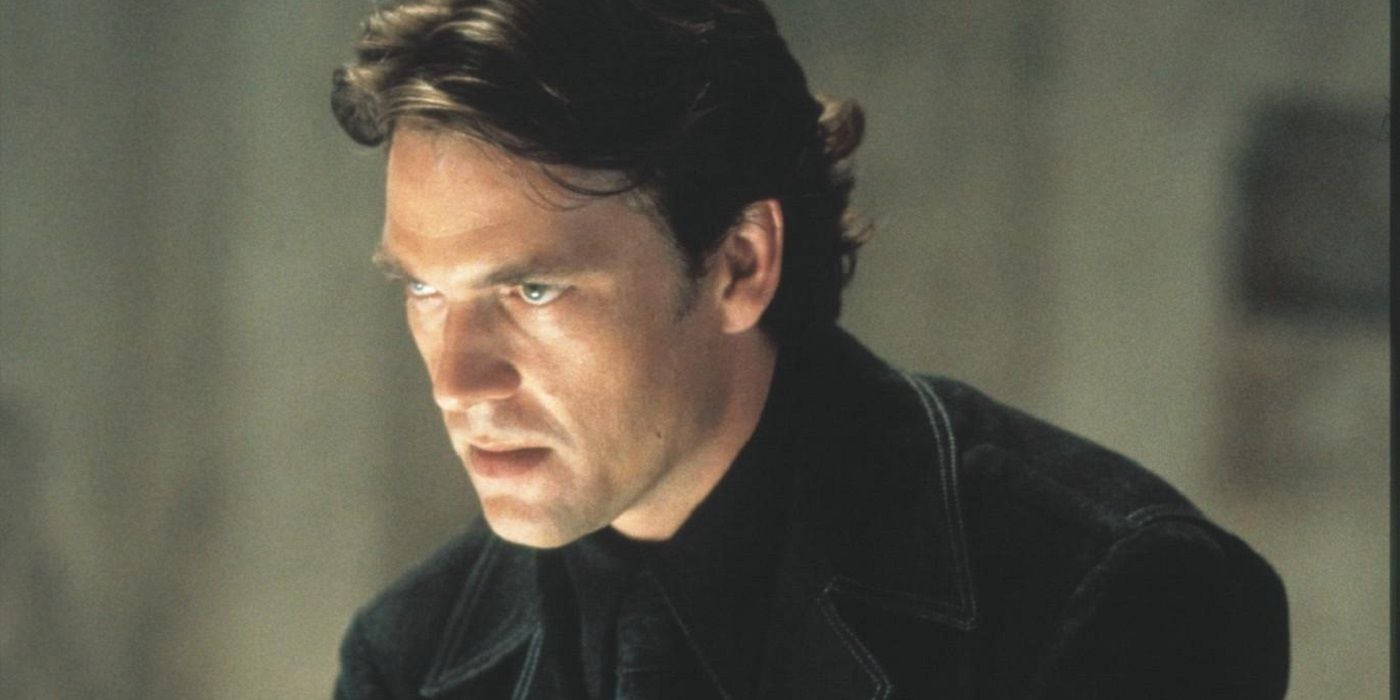
Ambrose tells his henchman, Hugh (Richard Roxburgh), that he’s willing to overlook the likelihood that Nyah is a spy to get her in bed one more time. Part of the charm of Mission: Impossible II is that it embraces that kinkiness, allowing its villain to be a pervert who gets some thrills out of swapping identities.
That heightened melodrama wouldn’t be worth much without top-notch action sequences, and Woo delivers on that front as well, from the free solo climb to a car chase that doubles as a seduction between Ethan and Nyah to a delicate raid on a biotech company from atop a skyscraper. Ambrose labels this plan Ethan’s “aerobatic insanity,” which could double as a franchise tagline.
The action gets a little repetitive in the protracted climax, and the central character dynamics fall by the wayside. Even when things go off the rails, though, Woo always finds small grace notes. Perhaps the most elegant shot in the whole movie shows Ethan’s trusty right-hand man, Luther Stickell (Ving Rhames), spotting a bomb under his van by seeing the countdown clock reflected in a puddle that’s reflected in his side mirror. Those directorial quirks are what made the Mission: Impossible series so appealing in its early installments, and Mission: Impossible II is full of them.

